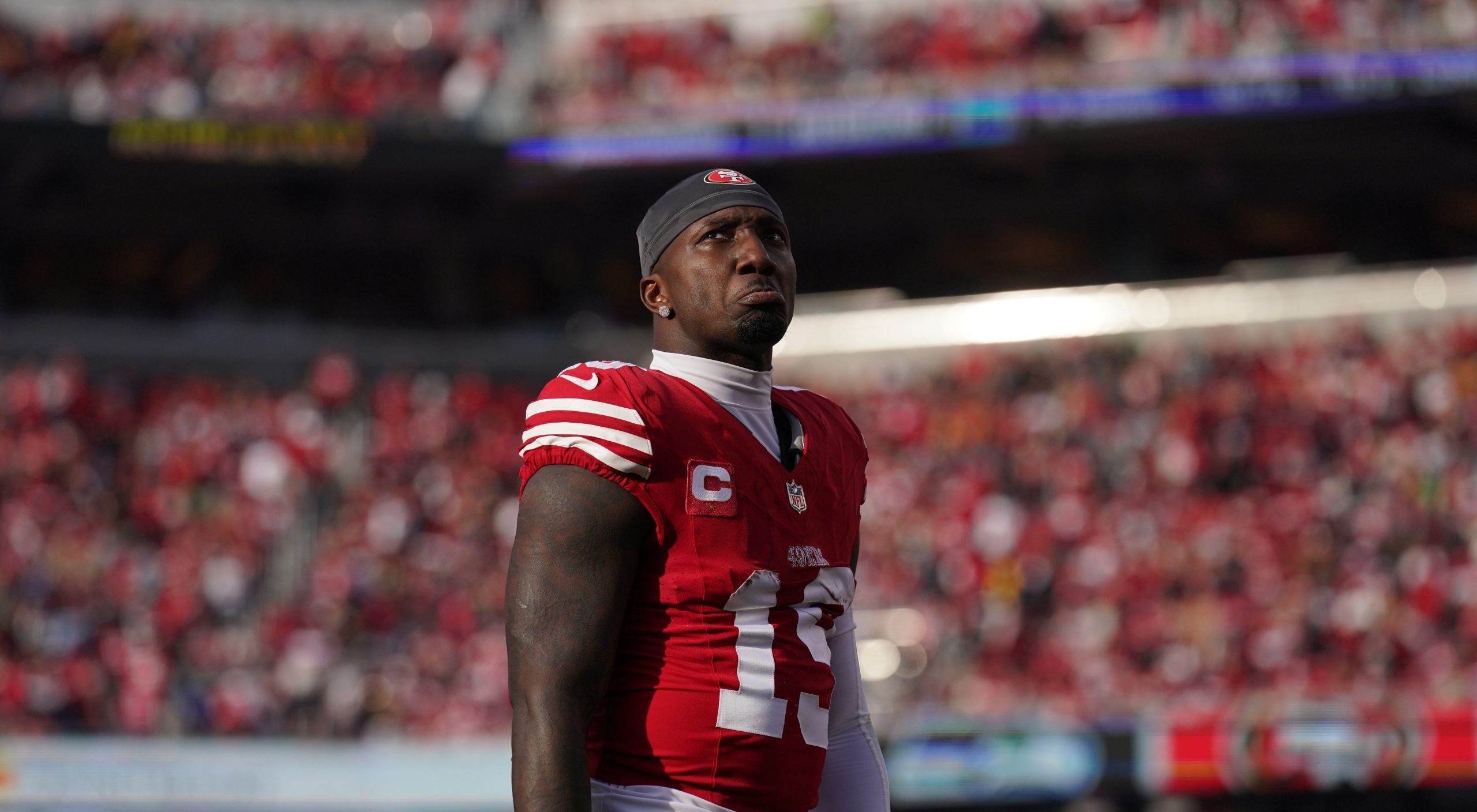So it looks as though NFL owners are going to approve a proposal that would reduce overtime in regular-season games from 15 to 10 minutes, which has to be the most myopic, counter-intuitive and simply illogical rule change in recent league history.
The rationale behind the change is fairly obvious. But the problem is that it’s almost certain to do more harm than good to the product by leading to an increase in something everybody hates.
That, of course, is ties.
Should NFL games end in a tie? Here’s what Bengals and Redskins players said after theirs did in London pic.twitter.com/5X19g4crte
— Sports Illustrated (@SInow) October 30, 2016
The intention is to lower snap counts in yet another attempt to curb injuries, which is noble but tragically misguided in this case. The NFL is the only major North American professional sports league that still has tie games. It gets away with it because until recently ties were extreme rarities, but there’s a reason why the NHL adopted a shootout in order to break deadlocks and why baseball and basketball games are just extended indefinitely until ties are broken.
This is business. Paying customers are buying a product, and they tend to feel ripped off if they attend or tune in to a sporting event that ends without establishing a clear winner and a clear loser. Just scroll through the replies to the Judy Battista tweet which originally broke the overtime news and try to tell me this’ll go over well.
NFL owners are also expected to approve the proposal that was previously tabled to reduce regular season OT from 15 to 10 minutes.
— Judy Battista (@judybattista) May 17, 2017
“But Brad,” you might be thinking, “how do we know for sure that ties will become more frequent?” Common sense, but also recent history, which indicates that by cutting overtime down to 10 minutes you’re taking on a whole new problem in exchange for a drop in the bucket in terms of play and injury reduction.
According to research from NFL Media, 22 regular-season overtime games have lasted 10 or more minutes in the last five years alone. We can’t say for sure that all of those games would have ended in ties, because the teams involved might have approached overtime differently had they known it ended after 10 minutes instead of 15, but you’d have to imagine at least half would have been draws.
We’ve already seen more ties of late in the NFL, thanks mainly to the league’s revised overtime procedures. There were just four ties in a 22-year span between 1990 and 2011, which meant they were so rare they were novel. Hell, Donovan McNabb didn’t even know they could happen.
But there have been five ties in the five seasons since the modified sudden death system was implemented, including two in 2016.
Conservatively, the NFL will be opening itself up to three or four (and as many as half a dozen) ties per season, and for what?
A total of 32,734 plays were run from scrimmage in 2016, but only 60 of those came with less than 5:00 remaining in overtime. Based on that sample, this change would reduce the league-wide play count by about 0.2 percent. And it might be lower than that, because it’s possible teams will simply run plays at a faster (and possibly more reckless) speed knowing that they’re tighter for time.
NFL players were on the field for 1,320 snaps inside that five-minute mark in overtime last season, but the league has 704 starting position players at a time. So we’re talking about a maximum of two extra plays for a typical NFL starter.
The NFL is willing to take on at least two or three extra ties per season in order to reduce, say, Ezekiel Elliott’s snap count from 768 to 766.
That’s insane, and it’s a change the league will clearly regret in the near future.







